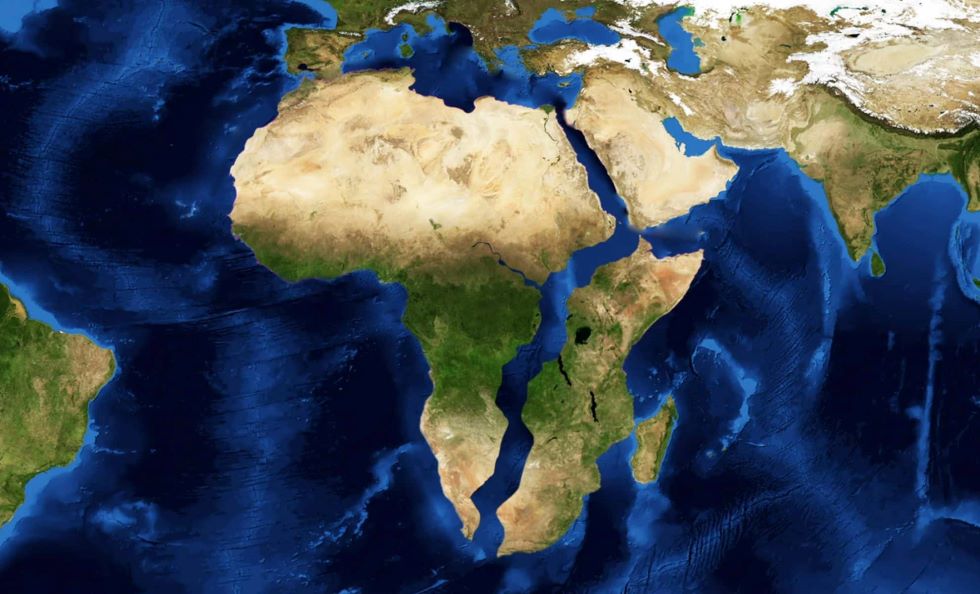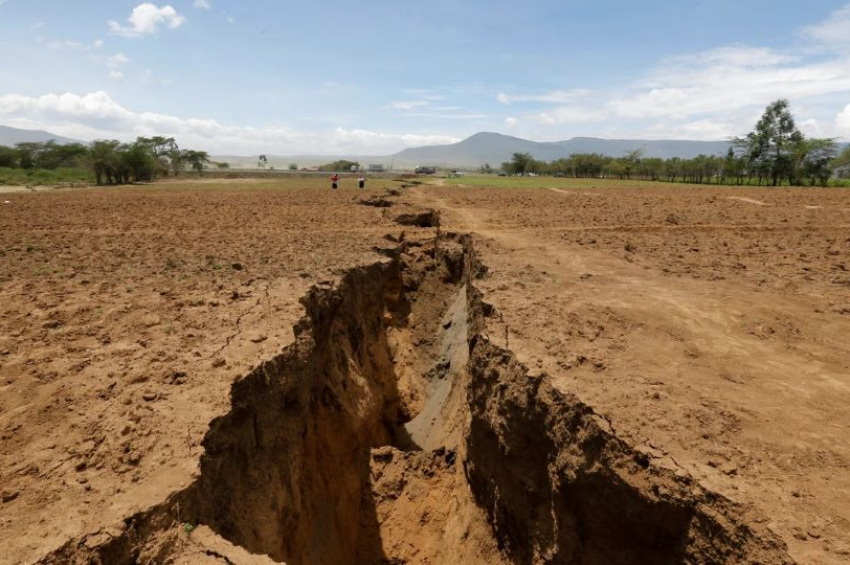Scientists detect a hidden heartbeat that could tear Africa apart
An extraordinary geological phenomenon is boiling deep beneath Africa, which could eventually rip the continent in two and form a brand-new ocean.
The groundbreaking research on pulsing waves of molten rock rising from the Earth's mantle, published in Nature Geoscience, reveals that the Afar region in Ethiopia — one of the hottest tectonic spots on our planet — is experiencing rhythmic surges of molten material from the mantle.
These surges, described by scientists as “pulses” or a “heartbeat,” are reshaping the landscape from the inside out, resulting in the breakup of a third of Africa within five million years.
More to read:
Africa is splitting to form a new ocean
“We found that the mantle beneath Afar is not uniform or stationary,” Dr. Emma Watts of the Swansea University, lead author of the study, said in a statement. “It pulses, and these pulses carry distinct chemical signatures.
Over millions of years, these mantle pulses are gradually pushing the African continent apart, particularly in a region where three tectonic rifts meet: the Main Ethiopian Rift, the Red Sea Rift, and the Gulf of Aden Rift. This rifting process stretches the Earth's crust until it finally cracks—a process that may one day lead to the birth of a new ocean.
More to read:
China’s hidden power to slow Earth’s rotation
The research was led by Earth scientists from the University of Southampton, in collaboration with experts from Swansea University, the Universities of Florence and Pisa, Addis Ababa University, and other institutions across Europe and Africa. Together, the team collected and analyzed more than 130 samples of volcanic rock across the Afar region and the Main Ethiopian Rift.
The results show that these mantle plumes are not only active but also pulsing in a regular, patterned way — almost like a biological rhythm. These chemical stripes in the rock, described as “geological barcodes,” vary depending on how quickly the overlying tectonic plates are pulling apart.

“The chemical striping suggests the plume is pulsing, like a heartbeat,” said co-author Professor Tom Gernon. “These pulses appear to behave differently depending on the thickness of the plate, and how fast it’s pulling apart. In faster-spreading rifts like the Red Sea, the pulses travel more efficiently and regularly like a pulse through a narrow artery.”
This new understanding goes far beyond volcanic activity. According to Dr. Derek Keir, another co-author, the deep movements of Earth’s interior are closely linked to surface phenomena such as earthquakes and volcanic eruptions.
“We have found that the evolution of deep mantle upwellings is intimately tied to the motion of the plates above,” Keir said. “This has profound implications for how we interpret surface volcanism, earthquake activity, and the process of continental breakup.”
More to read:
As global population continues to age, Africa and Middle East will have the least elderly in 2100
The Afar region offers a unique window into these deep processes. It’s one of the few places on Earth where geologists can directly observe the early stages of a continent breaking apart. And thanks to the cooperation of geoscientists from across the globe, we now know that this breakup is being driven from deep within, by a mantle that pulses with surprising rhythm.
As intriguing as the discovery is, it also comes with a sense of awe. Our planet, often seen as solid and unmoving, hides within it a dynamic, almost living system — complete with its own kind of heartbeat. The Earth, it turns out, may pulse not just with life on its surface, but from within its molten depths.







